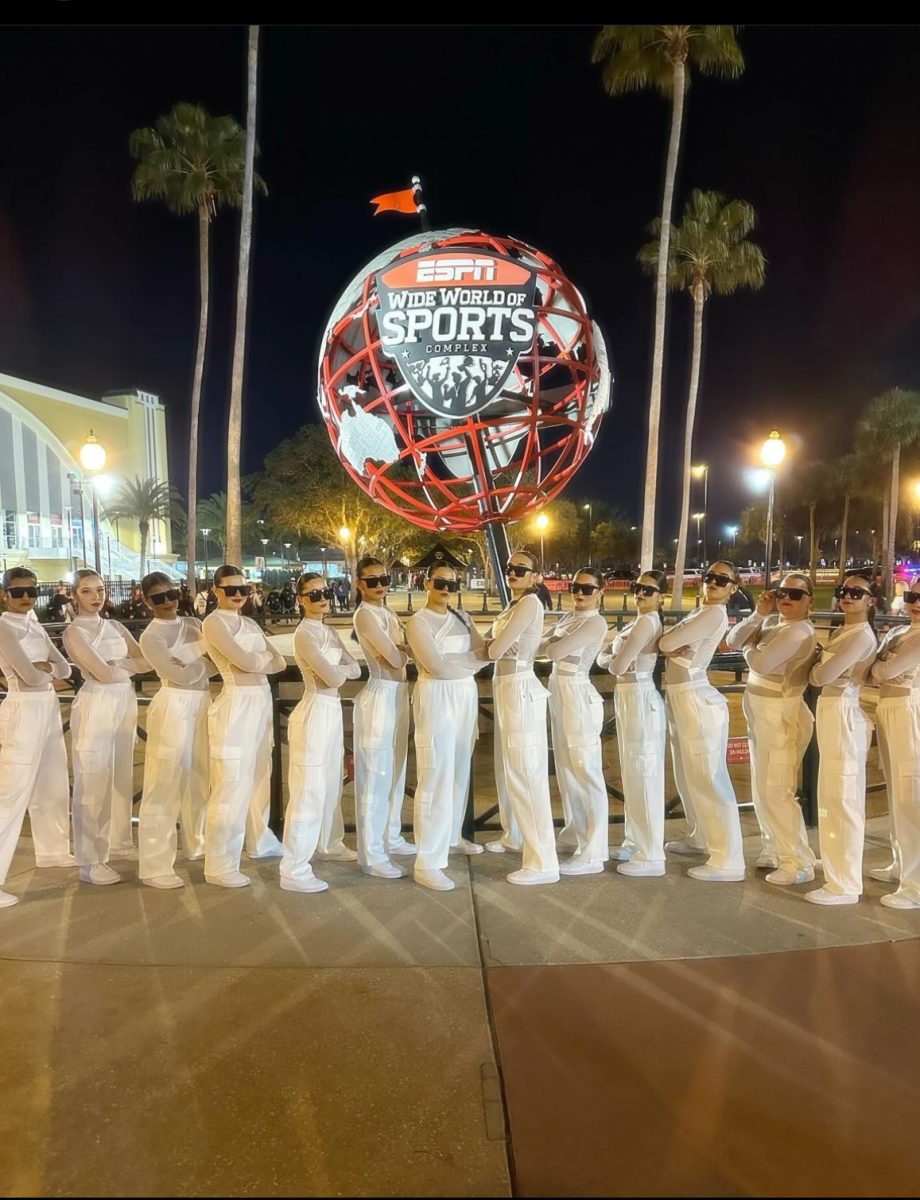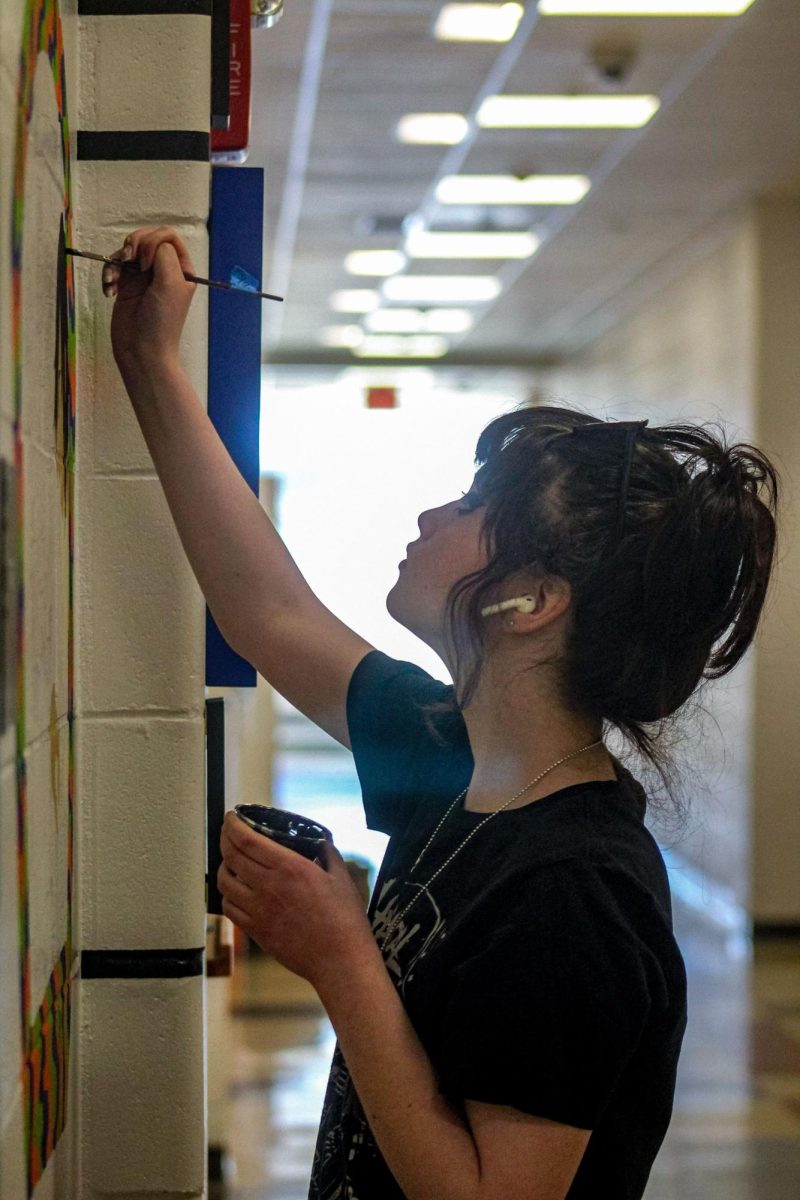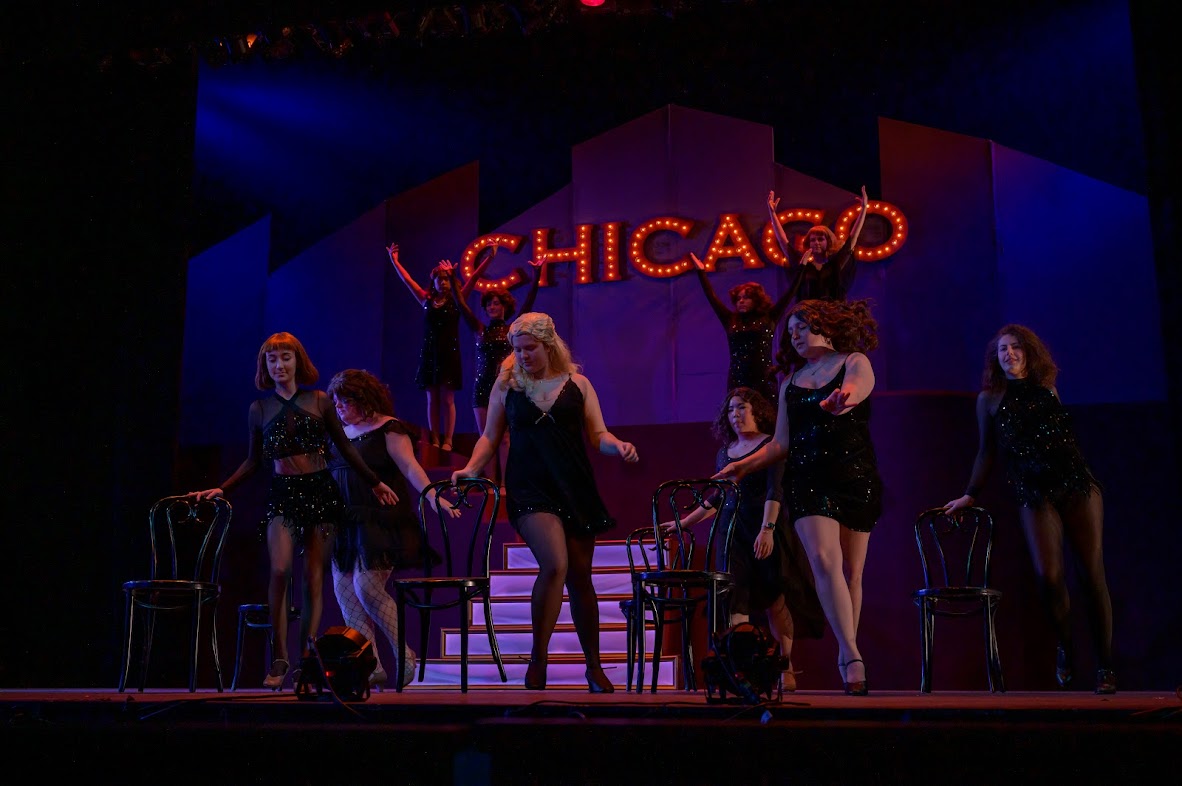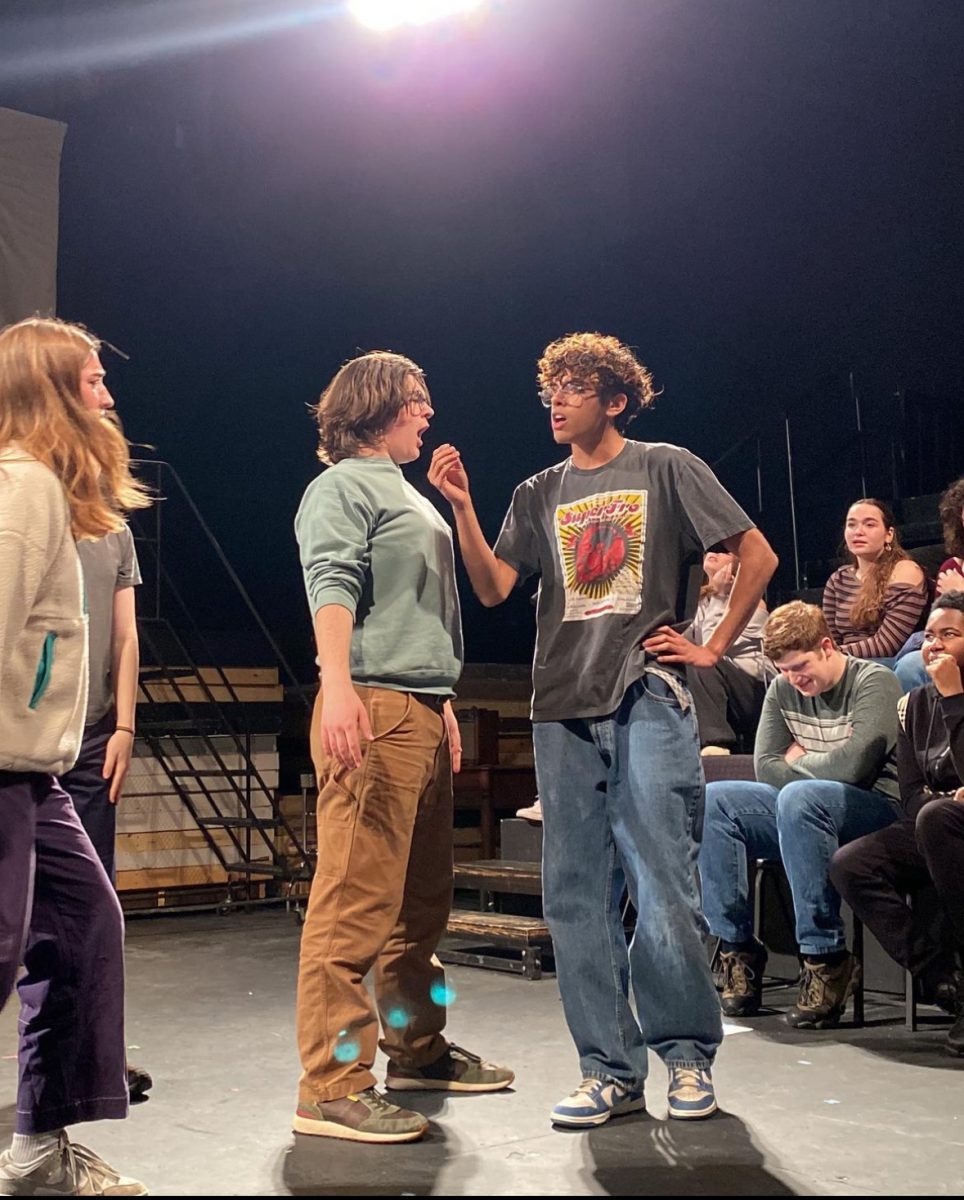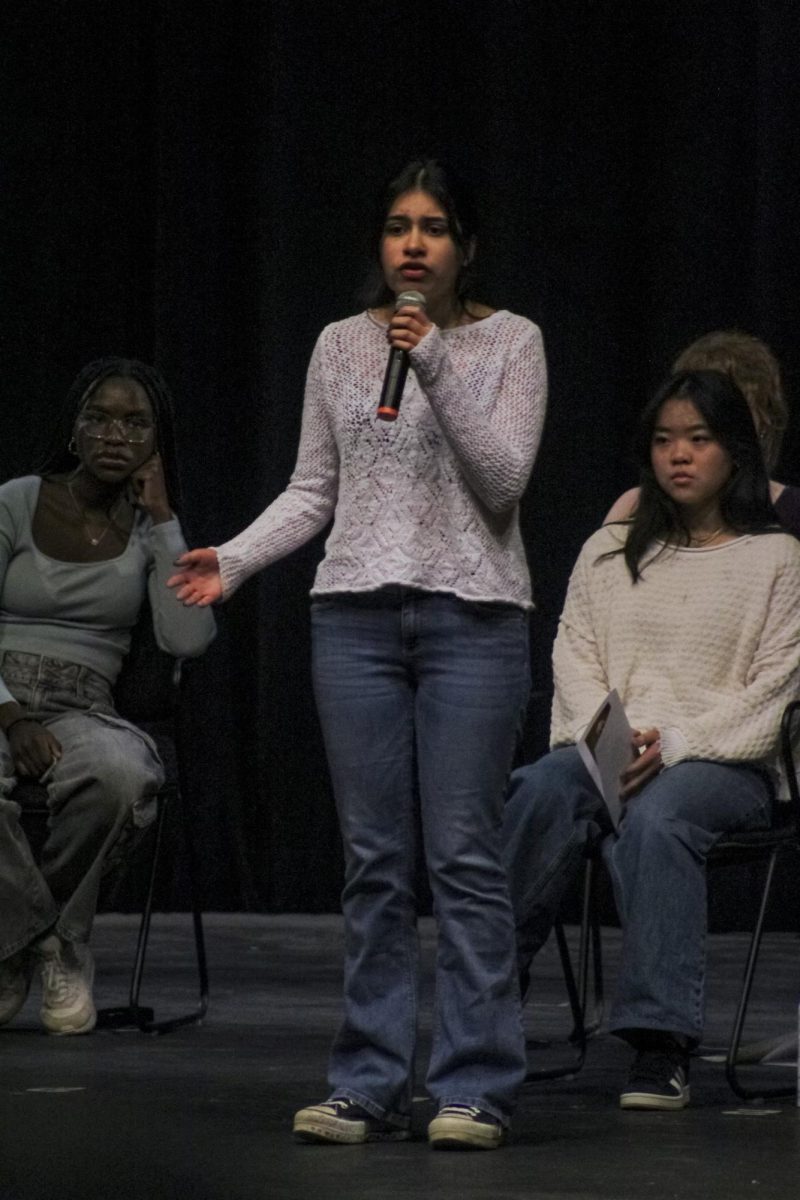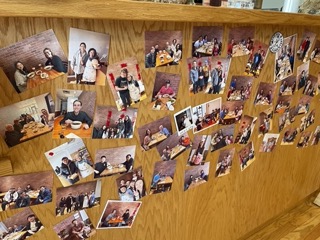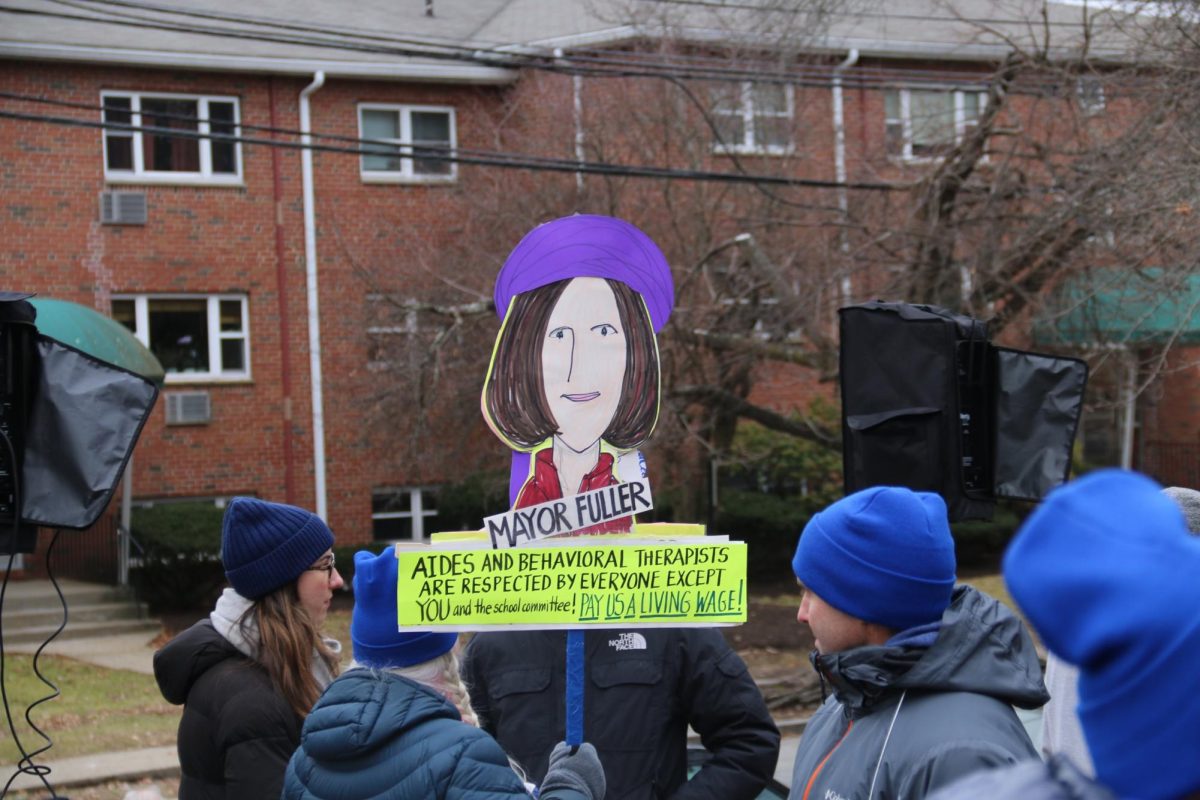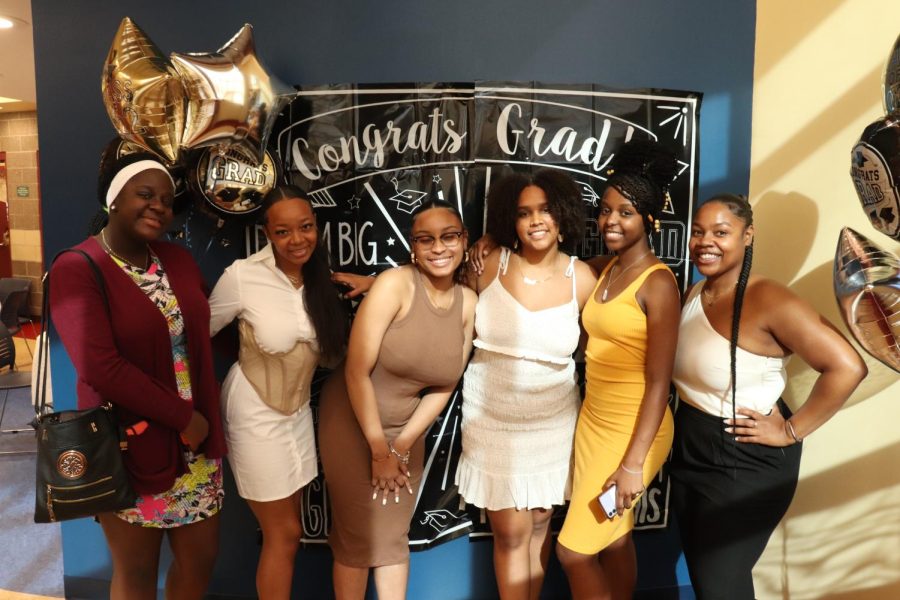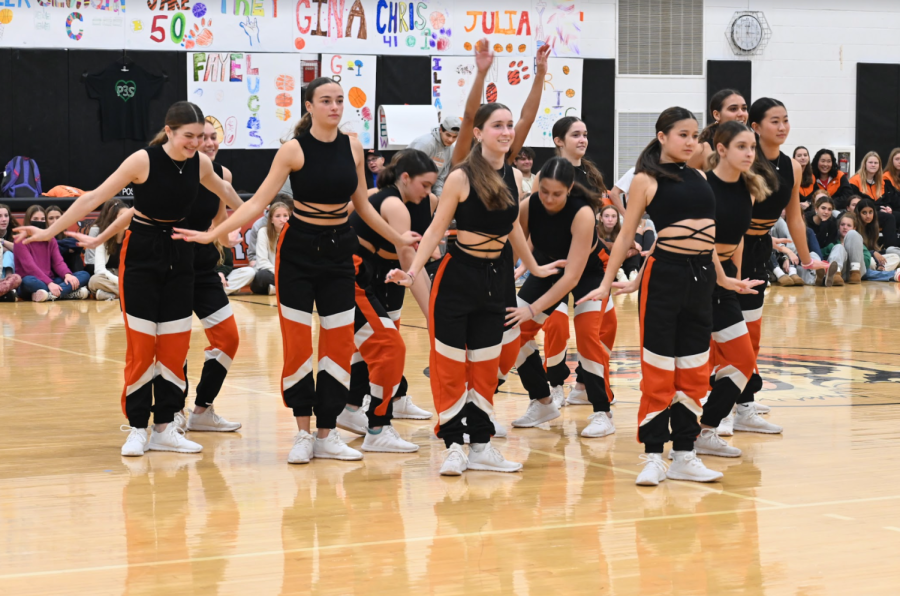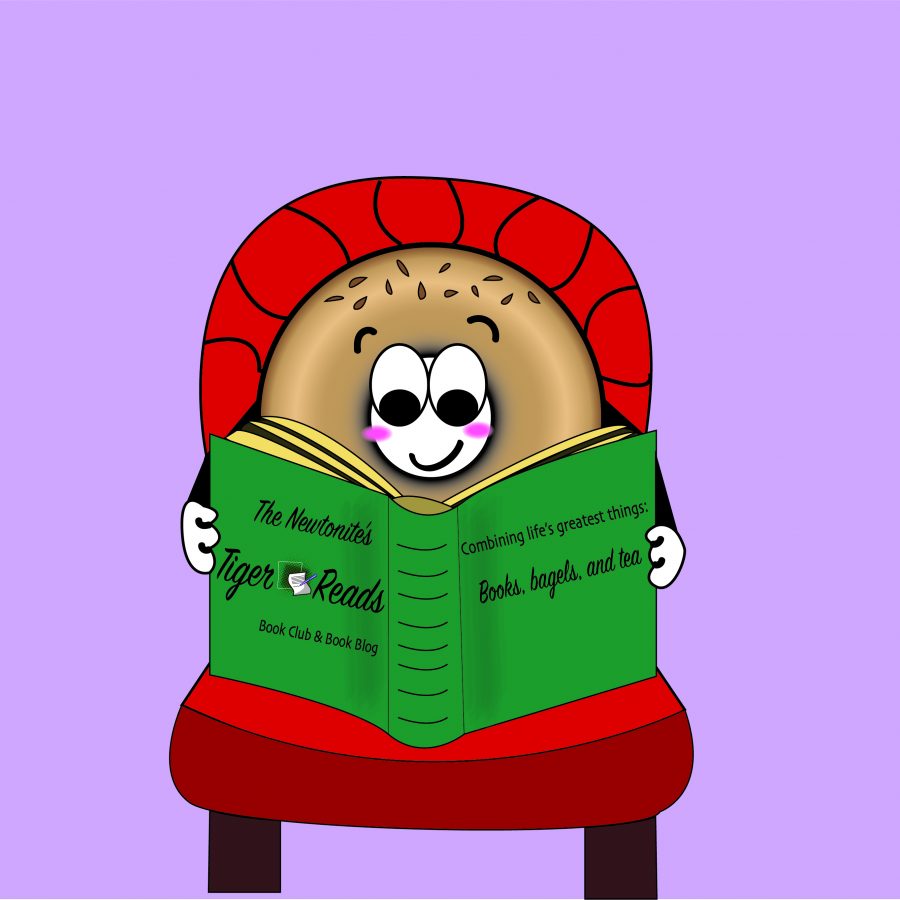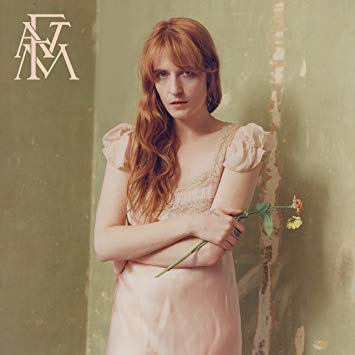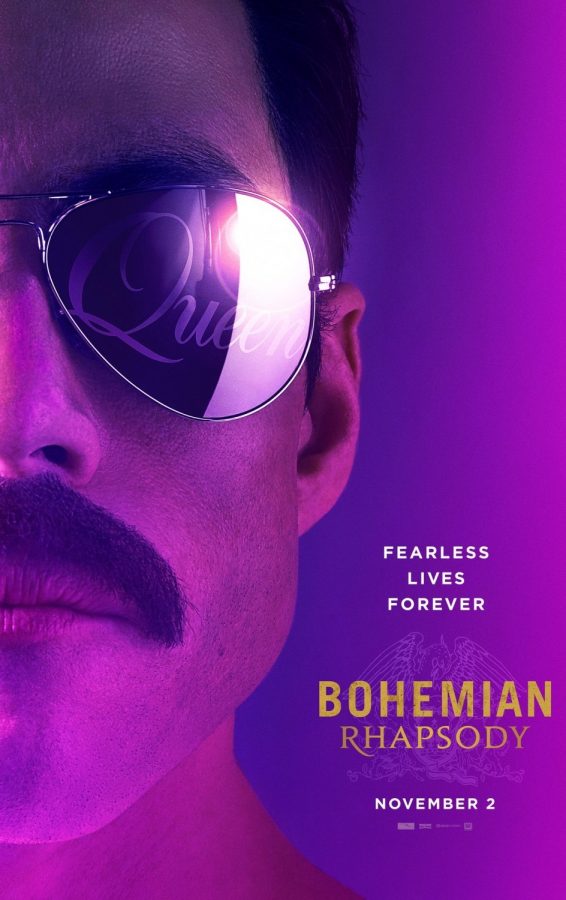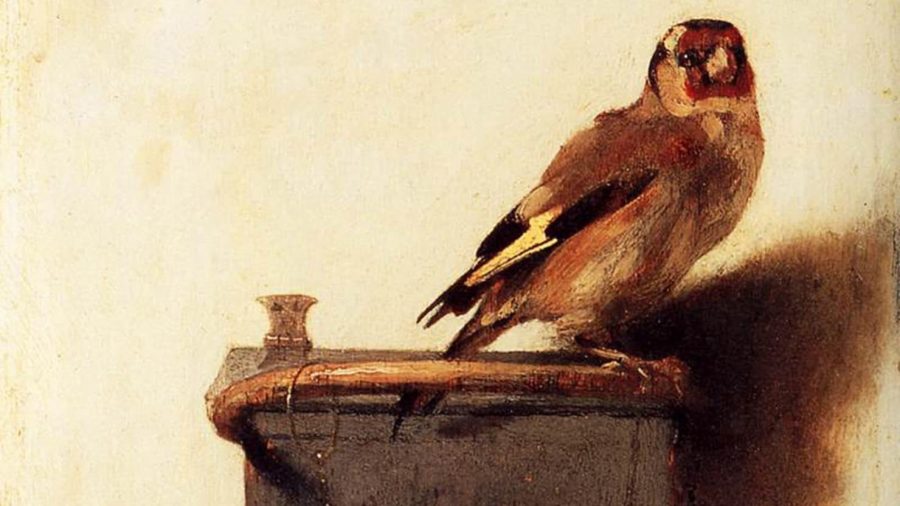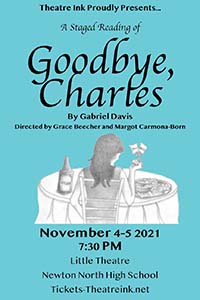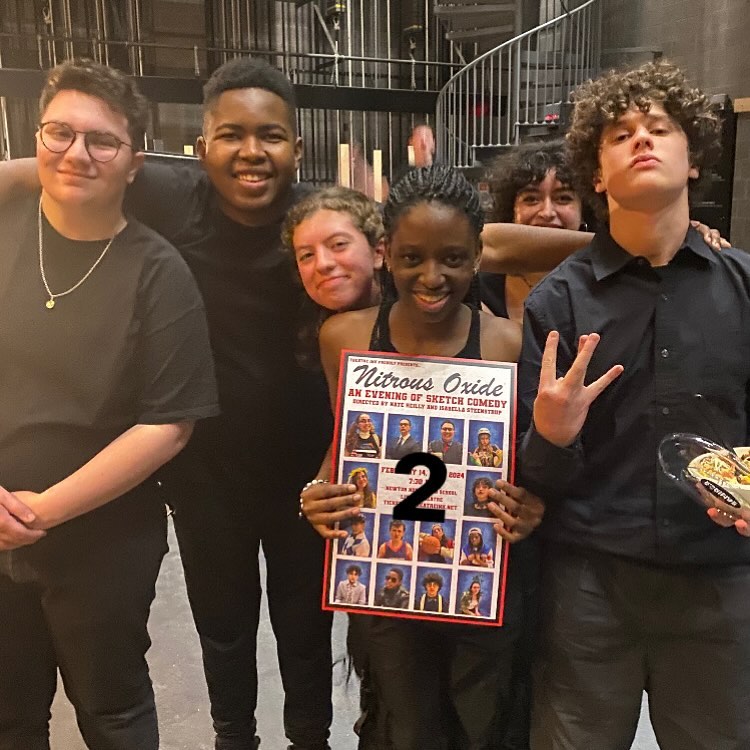Interspersed with magic and revolution, dancing and sword fights, dragons and stepmothers, Theatre Ink’s production of Cinderella was truly an enchanting experience.
Cinderella, which ran March 15, 16, and 17 at 7:30 p.m. and March 18 at 2pm in the auditorium, was directed by Kevin Kline. The show follows the tale of Cinderella, played by junior Maddy Ranalli. As in the traditional fairy tale, Cinderella is raised and ridiculed by her abusive stepmother, played by senior Gaby Avelino, and her stepsisters, played by junior Téa Baum and senior Sarah Vernovsky, until her fairy godmother, played by junior Rachel Sidmore, helps her marry the prince.
Although based on the original book by Oscar Hammerstein with music by Richard Rodgers and lyrics by Oscar Hammerstein, this production uses a new 2013 version of Cinderella by Douglas Carter Beane. This 2013 version adds its own twist on the classic story.
The show “mixes the well-known Disney-era fable with more revolutionary fare,” Kline writes in the program. In this version, Cinderella is influenced by Jean-Michel, played by senior Dustin Ledgard, who is a villager intent on affecting change. Throughout the show, Jean-Michel and Cinderella attempt to make their voices heard so that the prince will help the impoverished kingdom instead of neglecting his people.
The theme of revolution and the themes of the original fairy tale collided entertainingly in the song “The Prince is Giving a Ball.” While Jean-Michel literally stood on a soapbox, convincing the townspeople of the necessity of change and action, Lord Pinkleton, played by senior Evyatar Gershon, announced the prince’s ball. The song showed the clash between Ledgard’s frustration and honesty and Gershon’s condescending assurance. Gershon’s Lord Pinkleton was a humorous character, slick and unconcerned. He loftily read out the prince’s extremely long name before the decree, demonstrating the absurdity of all the royal pomp while, at the same time, Jean-Michel implored the people to act.
Similar to Jean-Michel’s crusades, “Cinderella fights not just for her own future, but to open her prince’s eyes to the injustice happening in his kingdom,” Kline adds in the program. Unlike in the classic fairy tale version, this Cinderella is plucky and relatable.
“Ella is a more strong female character, and doesn’t just wait for the prince to come rescue her,” said Sidmore. For instance, instead of accidentally leaving her glass slipper behind on the palace steps like in the original fairy tale, Cinderella takes the slipper from her foot and drops it unceremoniously in front of Prince Topher, played by senior Samidio Depina, before running away at midnight.
According to Ranalli, Beane’s Ella is meant to be a “much more driven strong-willed version of a princess,” which Ranalli expressed this strong and independent Cinderella, creating a memorable character with her clear, resonant voice and expressive movements. As such, Cinderella was relatable but also individual—the audience was able to see themselves reflected in the longing in her voice but was also entertained by her idiosyncrasies.
Throughout the show, Cinderella’s kindness is emphasized above all; Ranalli’s charismatic depiction and charming voice only amplified this characteristic. Her fairy godmother—who exists for much of the show under the guise of “Crazy Marie”—helps Cinderella because she was the only one who treated her kindly.
Cinderella brings her kindness further into action when she meets Topher. In this version of the story, the dejected, lonely, and somewhat ignorant prince Topher has turned over all his princely duties to his aide, Sebastian, played by senior Jonathan Champion. This is why the kingdom suffers and Jean-Michel is so intent on revolution.
From the start, Topher is established as a prince who yearns for something more. DePina effectively combined regality with wistfulness to make Topher a well-rounded and engaging character. After stabbing a beast terrorizing the kingdom, Topher wistfully stares into the distance and says, “I just wish I was doing something more important with my life.”
When he and Cinderella meet at the ball, Cinderella’s kindness is what attracts Topher to her. As the two talk to each other, Cinderella opens Topher’s eyes to his duties as prince. Because of Cinderella’s own poverty and the influence of Jean-Michel, Cinderella is able to counsel Topher on how to aid the kingdom.
Ranalli and DePina’s chemistry was convincing and enthralling. Whenever they sang together, their voices blended richly. The song “Ten Minutes Ago” highlighted this as the two sang about meeting each other and falling in love. As they danced, both wearing white in contrast to the sea of colored clothing around them, they stared into each other’s eyes while singing, creating an authentic and riveting moment.
While the production did not shy away from the idea of true love, the story ends happily not just because Cinderella marries the prince, but because she teaches him how to help his people.
This theme of politics and revolution, which often coincided with themes of kindness and redemption, added depth to the classic fairy tale. These themes were paired with “a really contemporary sense of humor and really crazy characters,” according to Baum. All of this made the show refreshing and modern.
Yet, despite the modernization, the directors successfully maintained the magic of the classic tale. Familiar images abound: Cinderella frolics with foxes and raccoons in the woods and sings, the glass slipper glistens, the fairy godmother casts her nonsensical spells, and masked noblemen and women dance until midnight.
Baum called the show “very magical” adding that “it’s like living out your childhood dreams and getting to wear really beautiful dresses and sing really gorgeous songs.”
The dresses of Cinderella deserve their own story—the assortment of sparkling, flouncy ballgowns was truly astonishing. The prince’s ball creates an enchanting fairy tale scene of dress-bedecked dancers twirling and dipping in fuschia, purple, and green. The dresses, many iridescent and patterned, transport the audience into the world of Cinderella.
The decadent beauty of the costumes at the ball is most apparent in Cinderella’s transformation from country bumpkin to alluring gowned beauty. As Cinderella’s fairy godmother brandishes her wand, Cinderella, silhouetted by lights, twirls. By a trick of costuming magic, her dress morphs from ragged skirts into a shining silver gown. The absolutely breathtaking moment was followed by clapping and cheers from the amazed audience.
In current times, escapist stories are becoming increasingly coveted yet also increasingly irrelevant to the constant political turmoil around us. Cinderella manages to reconcile both magic and revolution, creating an enjoyable and modern show.










